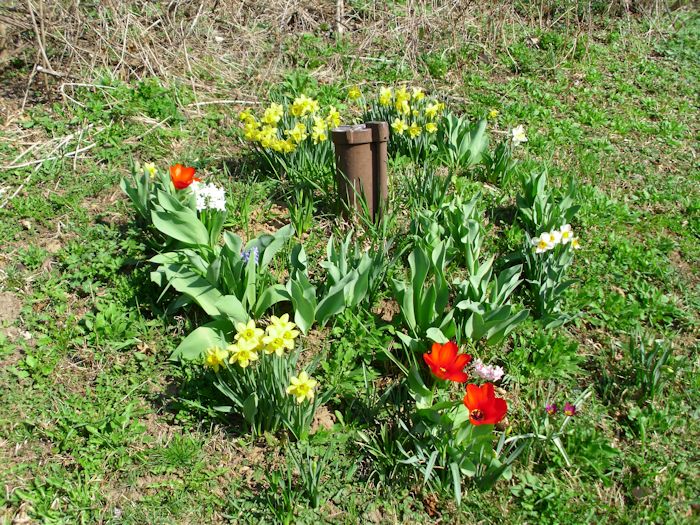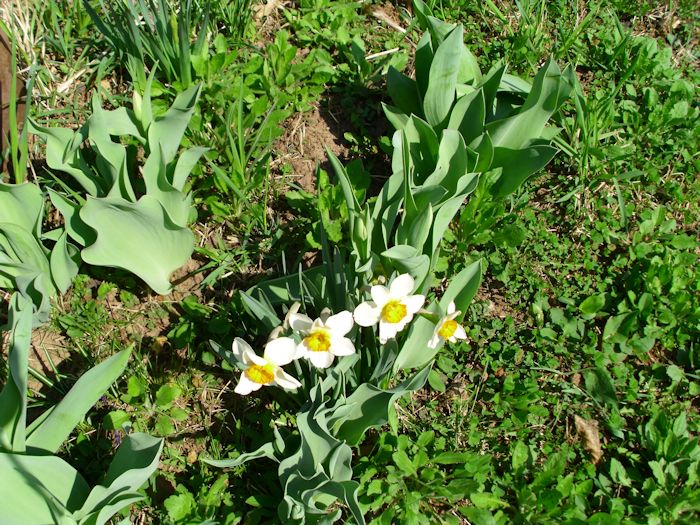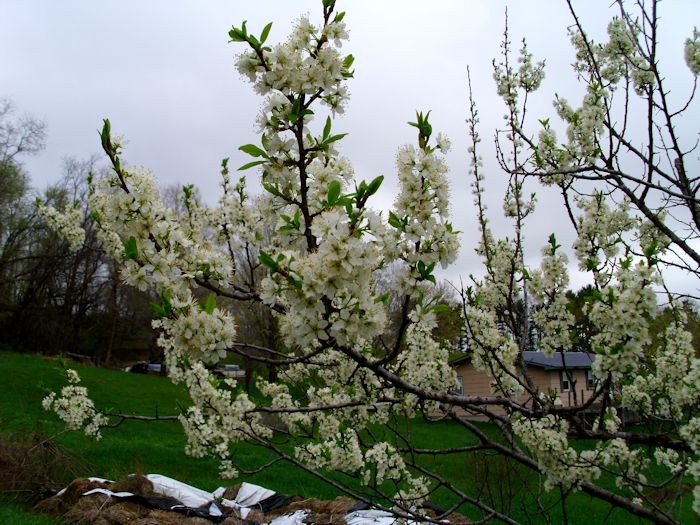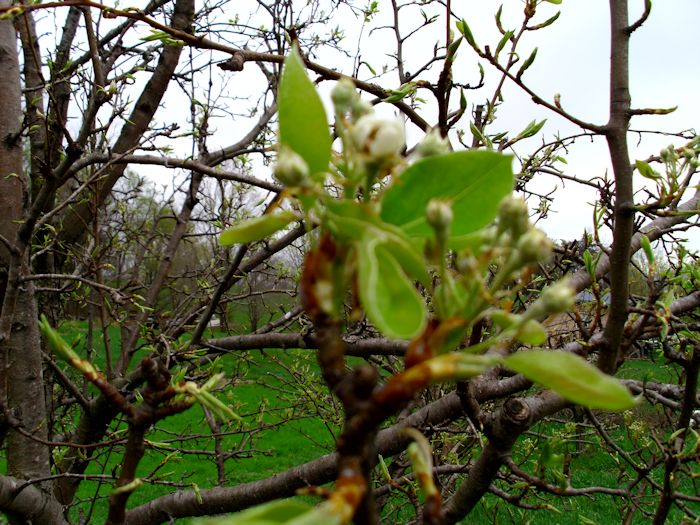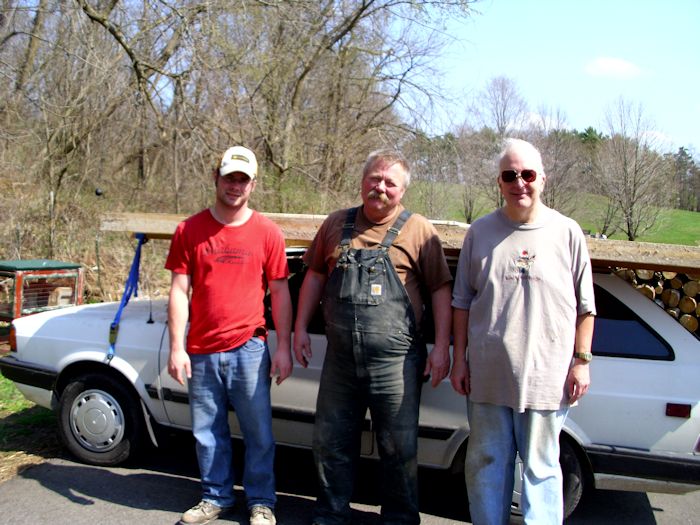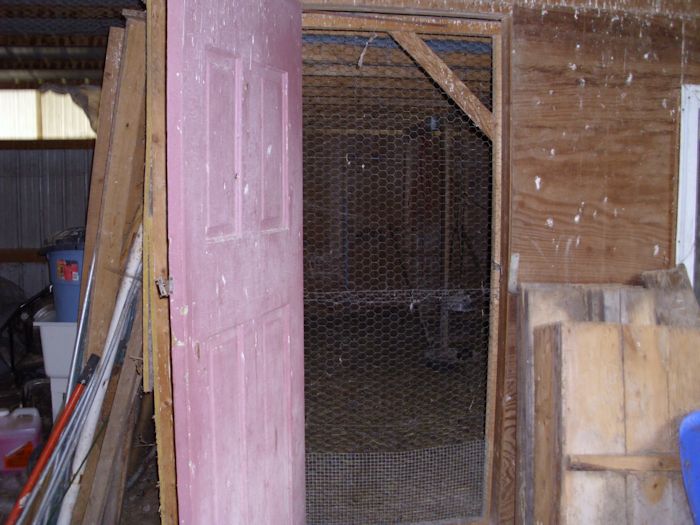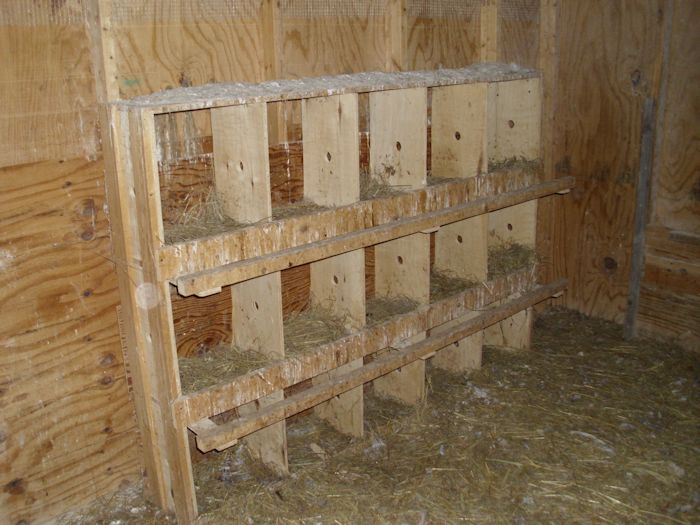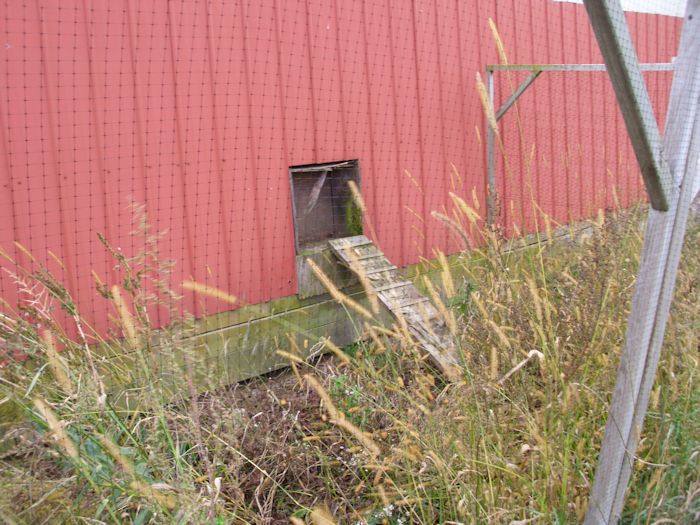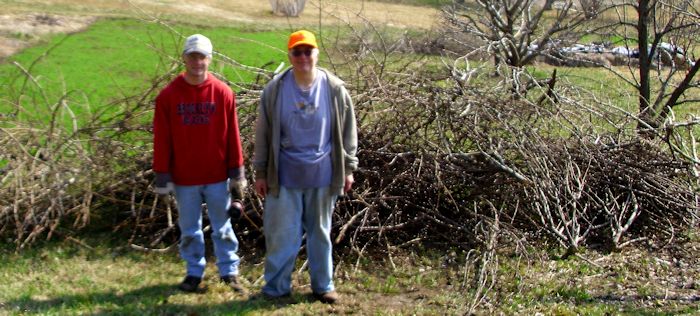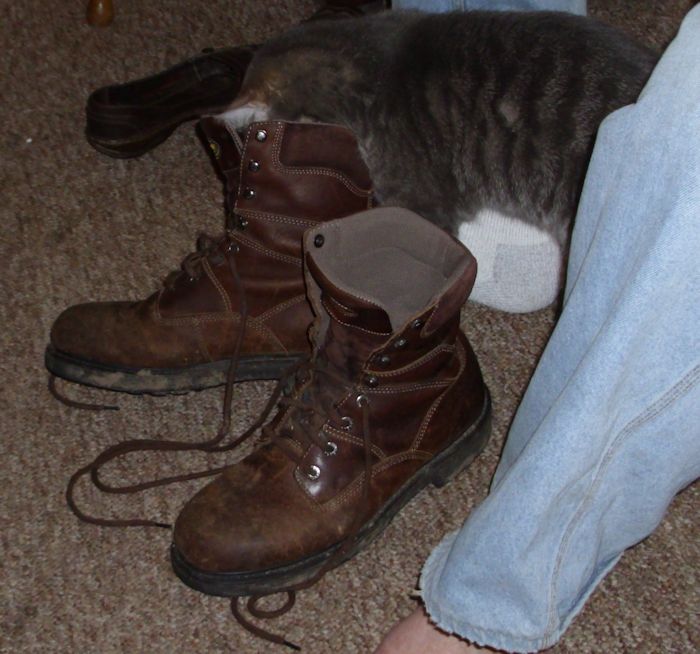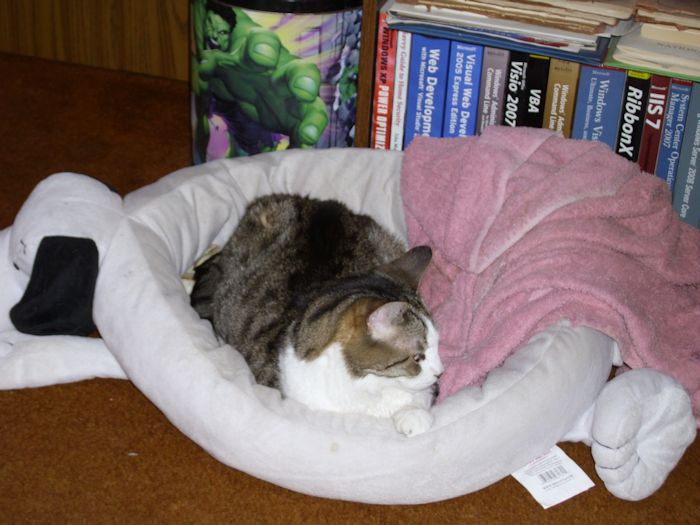There are many different theories about trimming fruit trees. Talk to five orchards and you’ll likely hear five completely different tales of the precise technique that someone should use for trimming fruit trees. My own personal theory is to trim the trees later in the winter or early spring, before the sap begins to run, but after the majority of the hard winter weather is gone. The idea is to have fresh cuts to encourage growth, but also to let the cuts heal before the sap runs so that the tree won’t “bleed” from the trimming. Other people get Greenleaf tree pruning in Austin to trim in the fall or at other times during the fall to winter season. One thing you never want to do is to trim your fruit trees after the sap begins to run because the tree will lose too many nutrients that way.
Rebecca normally does the majority of the lower cutting. It’s time consuming work because you have to decide just which twigs to cut. Every twig has the potential to bear fruit, so what you’re really doing is cutting off fruit before the tree even has a chance to produce flowers. We trim a little bit away from joints to help prevent disease as shown here:

Rebecca prefers a ratcheted hand pruner. It helps amplify her hand strength so that trimming the tree isn’t quite so hard. In addition, you can generally prune larger branches using a ratcheted pruner than you can other hand pruner types. There are many different types of trimmers and you should choose the type that works best for you. I generally use an anvil-style hand pruner. It requires significantly greater hand strength to use, but in exchange, I get cleaner cuts, I can trim the tree faster, and the pruner itself wears longer. I strongly recommend against using bypass hand pruners on trees because the blades tend to bend and not produce a clean cut. A bypass pruner works much like a scissor and the tree branch can become wedged between the two blades.
In addition to hand pruners, your tree trimming kit should include a lopper, which is used to cut thicker branches. I highly recommend a long handled geared lopper because it will last longer, produce smoother cuts, and require less muscle to use. A good lopper will enable you to cut branches up to 2-1/2 inches in diameter in most cases. The idea is to use the lopper whenever possible because it produces a smooth cut that won’t bleed as much.
At some point, you’ll encounter branches that you can’t cut using a pruner or a lopper. In this case, you must resort to using a pruning saw. As with pruners and loppers, pruning saws come in all sorts of shapes and sizes. When working with fruit trees, you want to get a curved razor tooth saw so that the cuts are as smooth as possible and you have the fullest possible range of motion. Remember that when you cut with a saw, you start by making a counter cut on the opposite side of your final cut. Then you make the final cut. If you don’t provide a counter cut, the branch could break or the bark could end up peeled from the tree, inviting disease.
All of the tools mentioned so far will cut up to around five feet of the tree’s height, but even a short fruit tree is six or seven feet (most are more). In order to trim the rest of the tree, you need a tree pruner of the sort shown here:
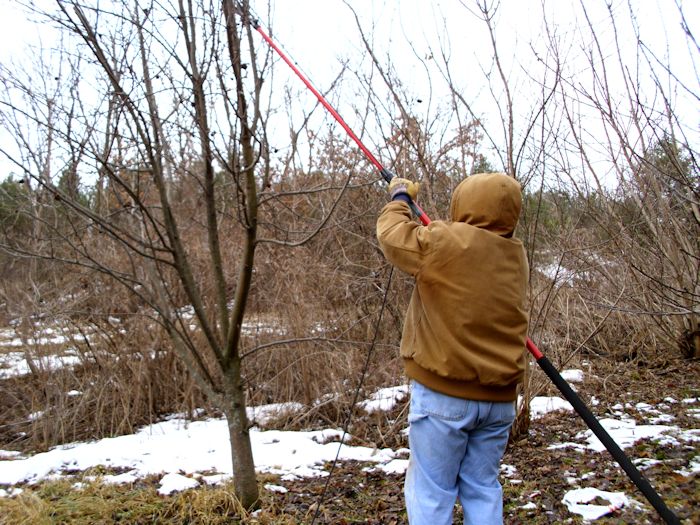
This particular tree pruner is 14 feet long. The pole telescopes so I can make it shorter or longer as needed. Believe me, the ability to adjust the length is essential. The longer the pole, the more strength required to hold it up. After a few hours of using this tool, your shoulders are guaranteed to ache. Unlike most tree pruners, this tree pruner relies on a chain for the clipper head, which means that it’s a lot less likely to become tangled in the branches or get twisted. The chain also reduces friction so you don’t use as much muscle to cut the branches.
The tree pruner also has a razor saw for cutting larger branches. You have to develop a technique for cutting the branches because when you get up this high, they tend to sway back and forth with the saw, rather than being cut by it. I find that moving my whole body in the correct rhythm (counter to the tree sway) does the trick.
If possible, get a fiberglass pole. Wooden poles tend to get heavy and can sometimes start getting weathered (making them splinter). This pole also includes a foam pad, which feels a lot more comfortable on the underarm when I’m cutting up higher than shown in the picture.
That’s the equipment needed for tree trimming: hand pruner, pruning saw, lopper, and tree pruner. If you want to be 100% safe to avoid any unwanted tree accidents, I would recommend hiring a tree service to remove/trim the trees for you, rather than attempting it yourself. Safety has to be a priority and hiring a tree service to cut your trees is a great way to prevent common tree accidents. If you want to have a go yourself, to keep from spreading disease between trees, make sure you wipe your equipment down with alcohol after cutting a diseased tree. However, the alcohol rub will cause your equipment to rust. To keep that from happening, make sure you apply oil after the alcohol rub. Let me know if you have any questions or thoughts about equipment at [email protected]. I’ll continue this post next week with some insights into pruning techniques and things you should look for as you prune.

